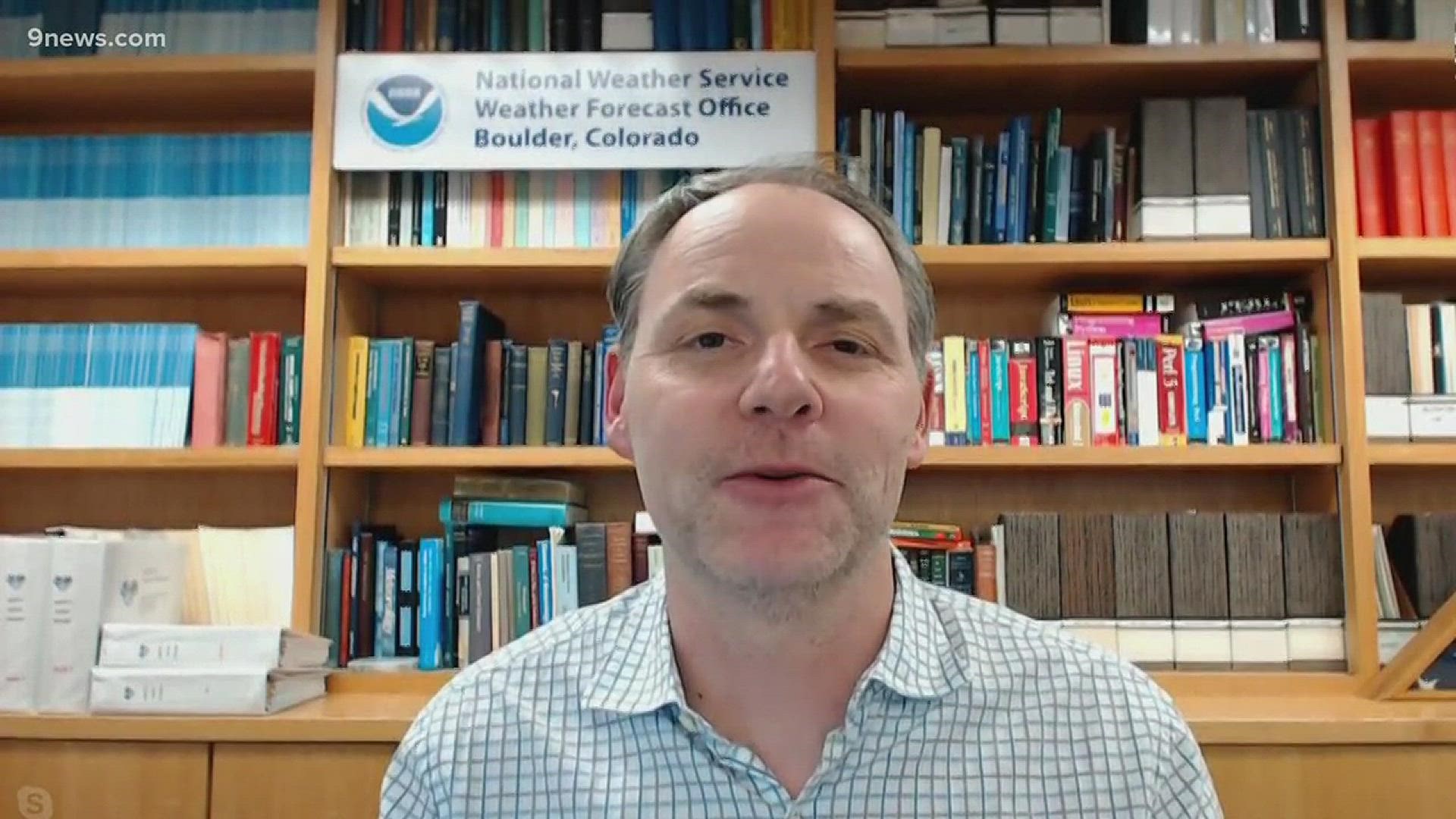COLUMBIA, S.C. — First, it was "polar vortex," now, "bomb cyclone." These dramatic terms are used to describe some of the wild (but not all that rare) weather phenomena that affect the United States during the coldest months of the year.
Although "bomb cyclone" is a relatively new phrase, it's based on common criteria that meteorologists have used for decades to identify rapidly intensifying storms.
How storms form
The eastern United States is prone to massive coastal storms during the coldest months of the year. These storms are fueled by rising air created when cold air clashes with warm and humid air. Think of the warm and humid air like a boiling pot of water. The colder the air above, the more rapidly this air rises.
There are no oceans or mountains between the eastern United States and the arctic circle so there isn't much to stop cold air from making frequent visits during the winter months. Meanwhile, the Gulf Stream, a current of warm ocean water meanders along the coast. The relatively warm water is a source of warmer air and moisture. When the upper atmosphere provides enough spin, an area of low pressure has everything it needs to develop explosively, hence the term: "bomb cyclone."
The phrase "bomb cyclone" wasn't used prior to the winter of 2014 (around the same time polar vortex was first popularized). You won't find "bomb cyclone" in most scientific research, but it describes the long-established threshold meteorologists use to identify rapid storm intensification - "bombogenesis." When a storm's lowest pressure drops 24 millibars in 24 hours, it's declared that the storm is rapidly intensifying and undergoing bombogenesis.
Why it matters
A rapidly intensifying storm has bigger impacts than storms that gradually strengthen. The pressure change is more dramatic, and strong winds wrap around the storm to compensate for the difference. This is created by a "pressure gradient force". Nor'easters are capable of producing storm surges and coastal flooding because the intense winds offshore push the ocean closer to the coast.
The storm is also much tighter which leads to a very sharp cut-off in major precipitation. During the fastest growing and strongest Nor'easters, major cities along the I-95 corridor can see several feet of snow and no snow at all within the same metropolitan area.
One of the more exciting aspects of these storms is the opportunity for convective snow bands, also known as thundersnow! Just like summer thunderstorms in South Carolina, thundersnows require rapid rising updrafts and are capable of dropping a lot of precipitation in a short period of time. However, because the environment for snow is so cold, these updrafts rarely happen in snow events unless they're associated with a strong low-pressure system.
Does this week's storm qualify as a bomb cyclone?
As of early Thursday morning, all the major weather models are showing a rapidly intensifying Nor’easter off the east coast on Friday into Saturday. The GFS model has the least aggressive solutions. On Friday afternoon, the central pressure is projected on the GFS model to be 1011 mb off the coast of South Carolina. 24 hours later, the storm is off the coast of New England and drops 39 mb. This is certainly a bomb cyclone!
The storm’s rapid intensification makes this a tricky forecast for the northeast. All the major cities will be cold enough for snow, but the cut-off between major snow accumulations and smaller totals will be tight. This leaves millions of people on the edge of their seats as forecasts are fine-tuned.
In South Carolina, the air will be too dry for any major rain or snow, but there could be a period of snowfall in the Midlands, especially to the north and east. The timing will be overnight on Friday into early Saturday morning before sunrise.
The biggest story will be the cold air wrapping behind this massive storm. Sunday morning’s temperatures will drop into the teens in parts of the Midlands. It could be our coldest morning in the past few years - considering how mild temperatures have been the past few winters. Meanwhile, Florida braces for a night of below-freezing temperatures early next week, which could impact crops.

